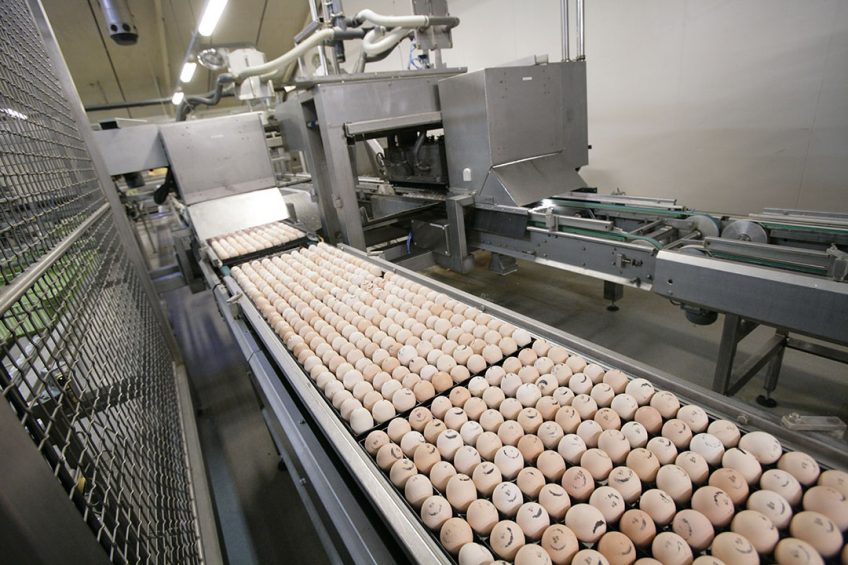Evaluation of alternative sanitation for hatching eggs

Reducing microbial contamination on eggshells may help reduce bacterial infection in the developing embryos and neonatal chicks. Therefore, efficient cleaning and disinfection programmes are fundamental for good performance in the poultry industry, especially when antibiotic-free broiler production is applied.
Increased demand for antibiotic-free broiler production represents one of the greatest biosecurity challenges for the broiler industry. The number of bacteria can vary widely, from hundreds to millions of bacteria/eggshell. Main contamination sources are dust, litter and excreta. The process of disinfecting fertile eggs existed already in 1908 when fumigation with formaldehyde was used to control microbial contamination. However, since the publication of the negative effects of repeated or prolonged exposure to formaldehyde, research started finding alternative disinfectants.
Any such alternative disinfectant should be environment friendly and not hazardous to human and animal health. Ultraviolet light, hydrogen peroxide, ozone and peracetic acid treatments, used in this study, meet these requirements. In the literature treatments with ultraviolet light and hydrogenperoxide separately or in combination have shown to decrease bacterial counts on the eggshell surface. Also the use of ozone also reduced microbial counts, but the effects on hatchability needs to be studied further. As the treatment with peracetic acid has mainly been used to disinfect table eggs, studies evaluating its impact on the bacterial count, hatchability, and eggshell quality are necessary.
Overall, there is a lack of published research on the combined effects of alternative disinfectants on the microbial counts, eggshell quality, and hatchability concomitantly. In addition, in this study eggs from an old broiler breeder flock are used. These eggs are expected to have a high-level of eggshell contamination, thus increasing the bacterial challenge. Therefore, the purpose of this research is to evaluate the efficacy of alternative methods (ultraviolet light, hydrogen peroxide, ozone and peracetic acid) to sanitise hatching eggs, to reduce the microbiological counts on the egg shells and the yolk sac of day-old chicks and to assess their effects on the eggshell quality, hatching results and neonatal chick quality.
Multiple sanitation methods
Different sanitisation methods were evaluated to be used as alternative products to formaldehyde fumigation. Reduction of microbiological counts on egg shell and yolk sac, improvement of eggshell quality, incubation parameters, and day-old chick quality were estimated. A total of 10,080 hatching eggs were collected from a 70-wk-old commercial broiler breeder flock and distributed in a completely randomised block design with seven treatments: paraformaldehyde (5.03 g/m3/30 min), ozone (5–15 ppm/30 min), ultraviolet light (8.09 mW/cm2; 120 s), hydrogen peroxide spraying (3%; 0.69 mL/egg), peracetic acid spraying (0.3%; 0.69 mL/egg), and a wet (water 0.69 mL/egg), and dry control.
Eggshell quality, incubation parameters, and microbiological counts for yolk sac of day-old chicks did not differ among treatments. Spraying eggs with peracetic acid and ultraviolet light significantly reduced total aerobic plate counts compared to the dry control group. Enterobacteriaceae counts were also reduced after the ultraviolet light treatment. This study demonstrated the potential for the application of peracetic acid and ultraviolet light for eggshell disinfection; the effects of the treatments on the egg shell cuticle should be assessed by electronic microscopy.








